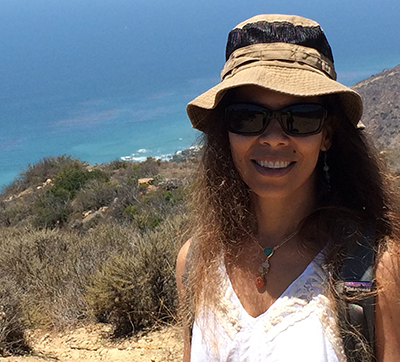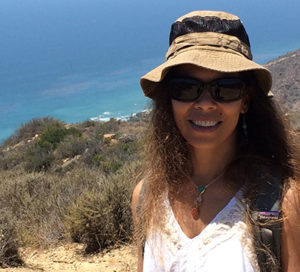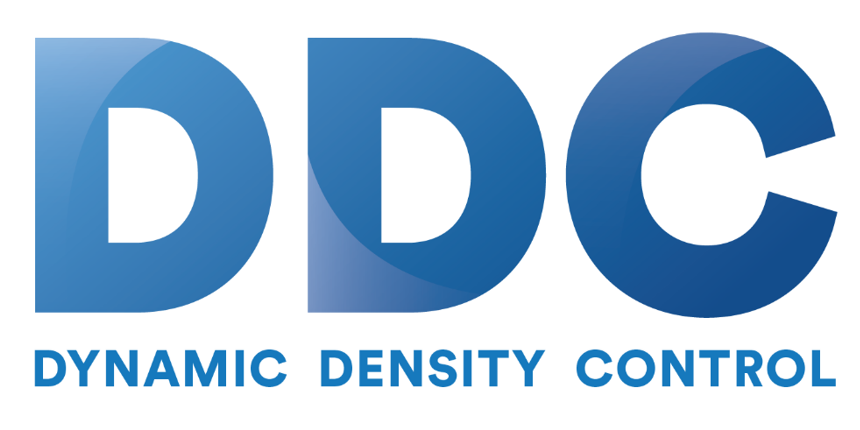In this video, Dr. Patricia Persaud from Louisiana State University presents: Urban Seismology in Megacities: the Los Angeles BASIN Experiment.
The greater Los Angeles area is a megacity by the United Nations definition and the third largest city in the world based on combined statistical area. Here the seismic hazard is driven by the potential proximity of large earthquakes and complicated local structure. Sources of potentially damaging earthquakes in the LA area include the southern San Andreas Fault, located roughly 60 km north-east of the city, as well as the series of faults that lie below the area. The collection of complex sedimentary basins underlying the area are known to amplify the motions from seismic waves, and this effect may be underestimated in current ground motions estimates.
The Basin Amplification Seismic INvestigation (BASIN) project was started in 2017. It is a multicomponent earthquake hazard project between LSU, Caltech, Harvard, Cal Poly Pomona and SDSU that focuses on characterizing the amplification of seismic waves as they travel through sedimentary basins. Our goal is to first map the structure of the basins in the Los Angeles area, and to integrate the basins’ structure into computer simulations of ground motion. As part of the BASIN project, we have deployed 744 nodal seismometers along 10 densely-spaced seismic profiles in the greater Los Angeles area. Our deployment teams were comprised of ~60 volunteers. I will present project results, and practical information on our seismic experiment and the community involvement of Los Angeles area residents.
Dr. Patricia Persaud joined the Geology & Geophysics department at LSU as an Assistant Professor in August 2016. She completed her PhD in Geophysics at California Institute of Technology. There her research focused on unraveling crustal deformation beneath the Gulf of California rift using both onshore and offshore recordings of earthquakes and explosions, as well as geodynamic models. She was a Postdoctoral Science Fellow at Columbia University, NY, where she worked with colleagues in Astronomy, Ecology and Climate Change to develop a new multidisciplinary course, Frontiers of Science, which has now become a standard part of Columbia University’s core curriculum.
Her recent research has been developing detailed 3-D velocity models for the Salton Trough, southern California, the anticipated epicenter of the next “Big One,” a magnitude 7.8 earthquake on the San Andreas Fault. The models and the identification of buried unmapped faults will help improve earthquake hazard assessments for the region. Patricia and collaborators will also deploy 30 broadband seismometers in Myanamar as part of the Bangladesh-India-Myanmar Array (BIMA) project to determine the crustal structure of the northward continuation of the Sumatra-Andaman subduction zone as it comes onshore beneath the densely populated Ganges-Brahmaputra Delta. Patricia welcomes the opportunity to talk to prospective students and postdocs.





